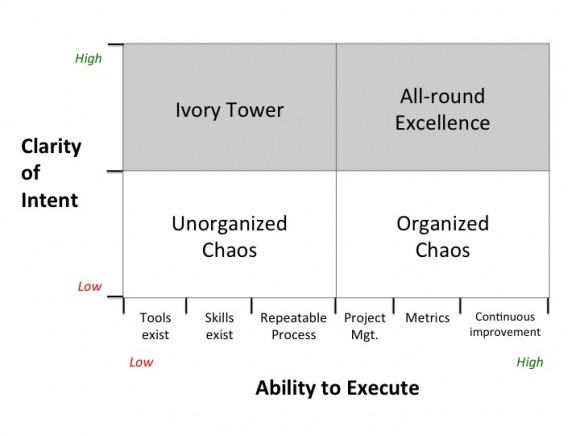 Send to Kindle
Send to KindleA cognitive bias happens when you “cling” to an idea. There nothing good or bad about a cognitive bias, but you have to be aware of your own biases and protect yourself (and others) against its side effects.
Some “clinging” is praised, such as a determined soldier who sacrifices his or her life in battle. Other types of “clinging” is criticized, such as an obstinate co-worker who refuses to see alternate perspectives.
Meditation will help you uncover your biases, I’d recommend this or this. In the beginning, as your mind becomes calm, you may meditate more, to get more calmness. This is just another form of “clinging,” so beware.
As you discover your biases, you’ll give up your tendency to “cling” and thus will be more relaxed and open. However, you still need a basis for action. After all your biases have been eradicated, you’ll be left with just your values. Without values, your actions will be random and unpredictable. There will be no peace till you sort out your values.
What if you are “clinging” to your values? Yes, that can be a problem! My hypothesis is that an authentic set of values will cause you to find peace within yourself and not disrupt the peace of your co-workers and fellow humans. Therefore, if you invest time in discovering (not inventing) your true values, you’ll give up “clinging” much sooner.
